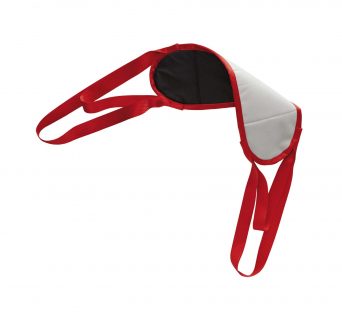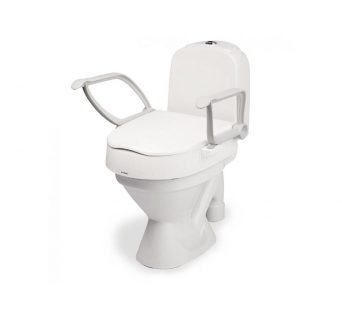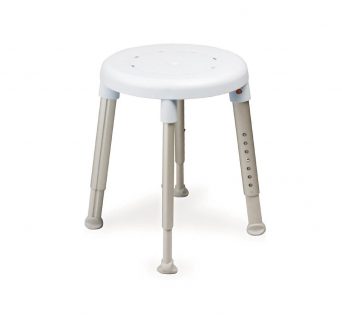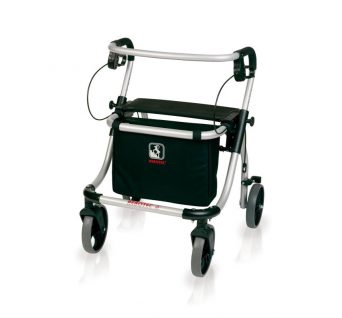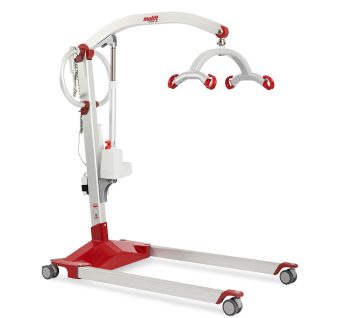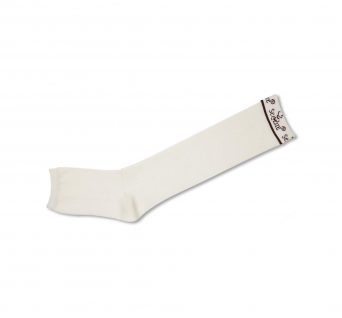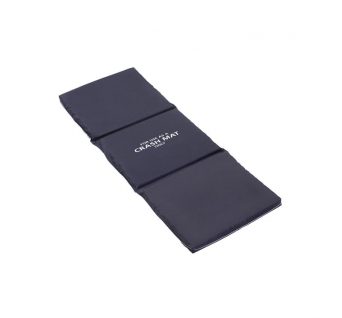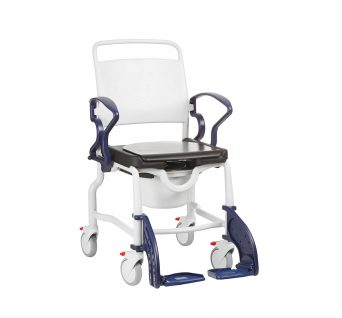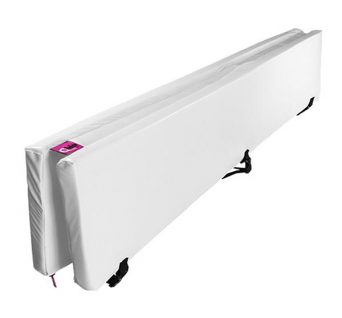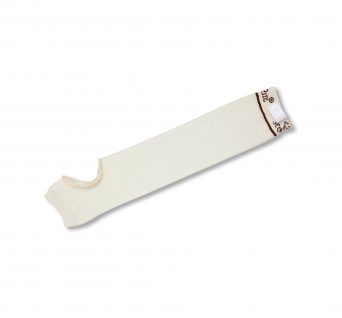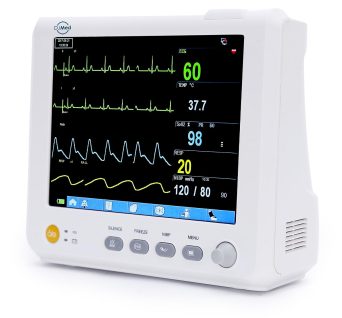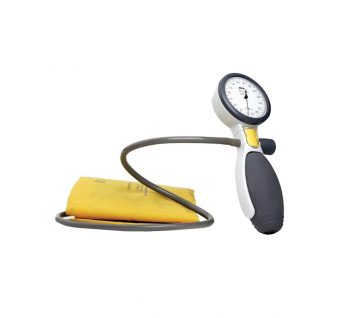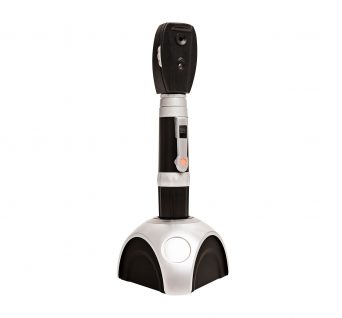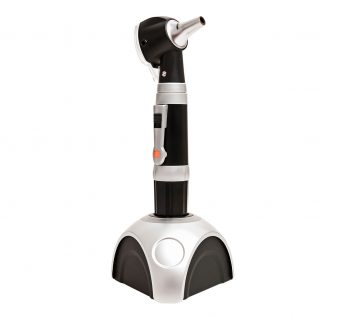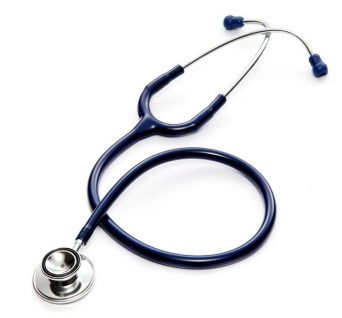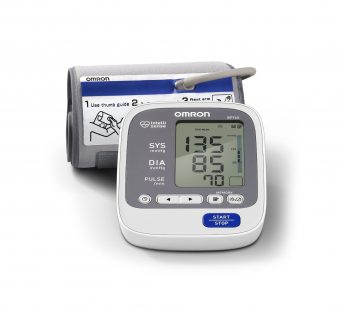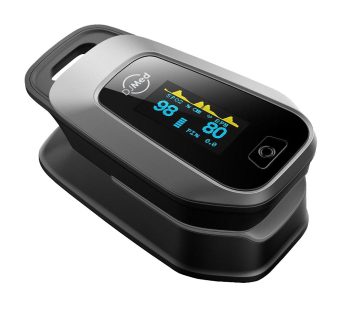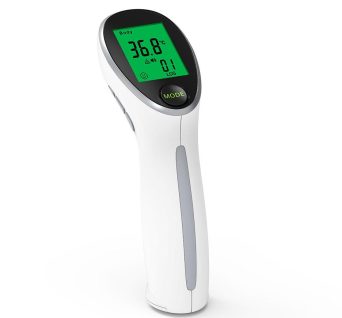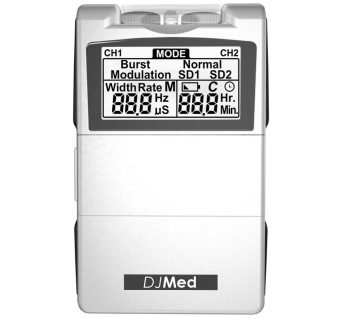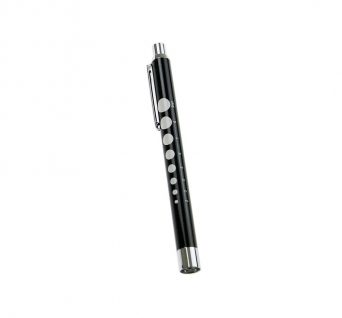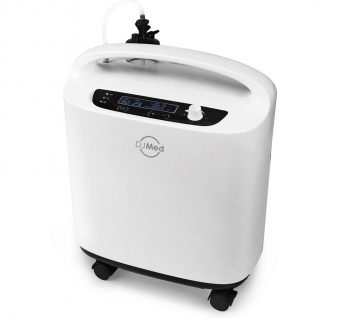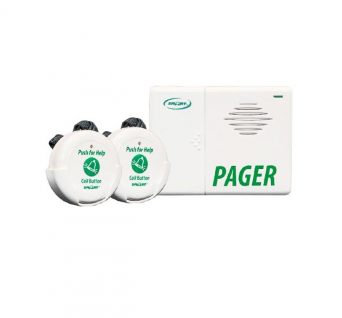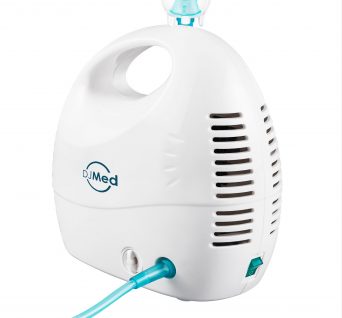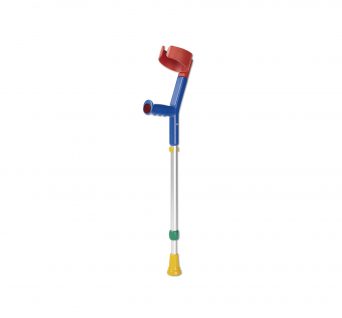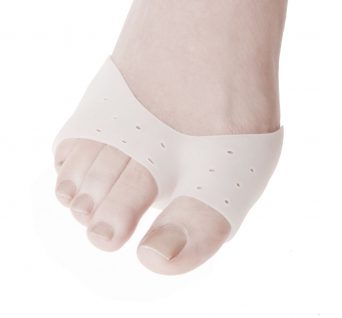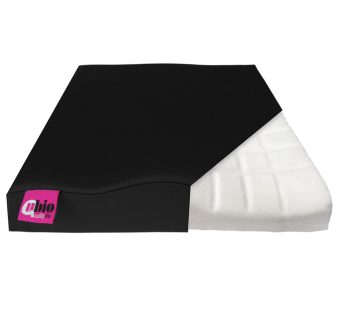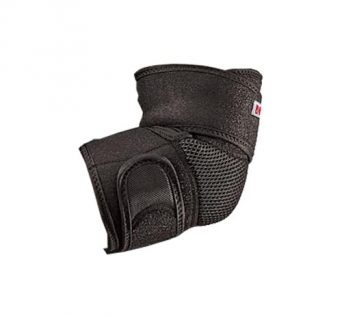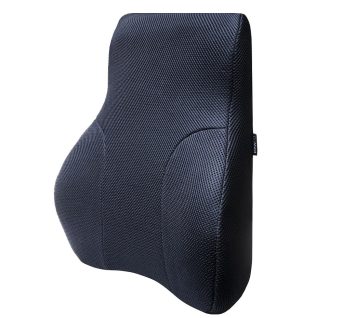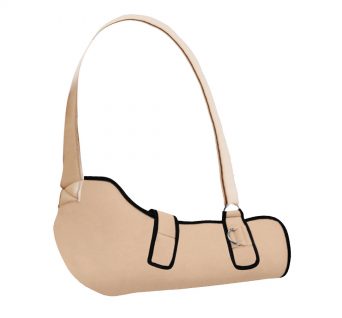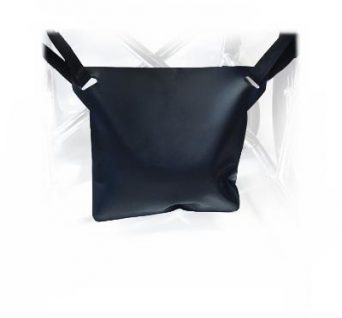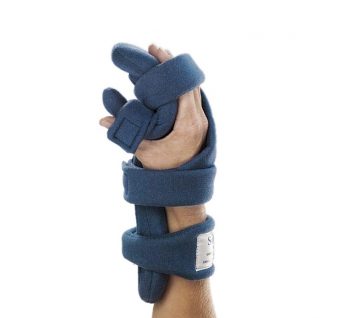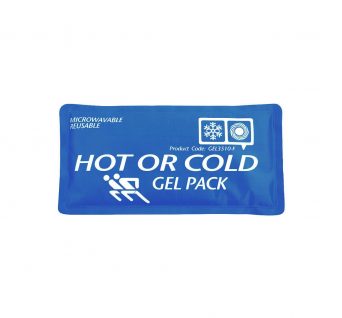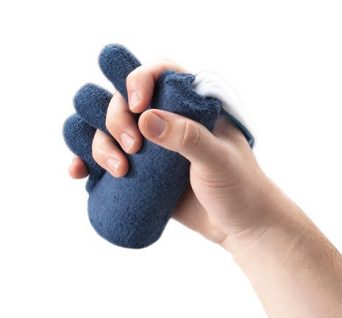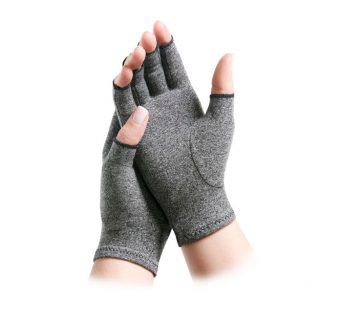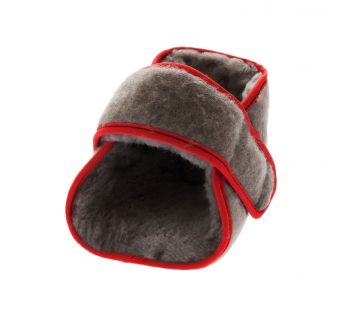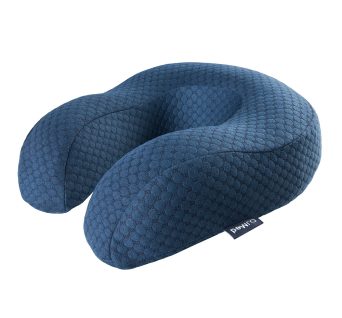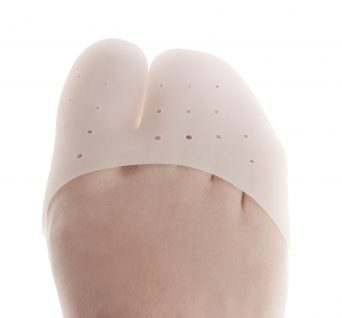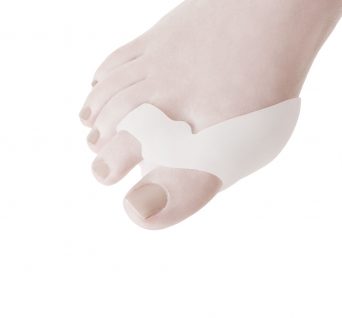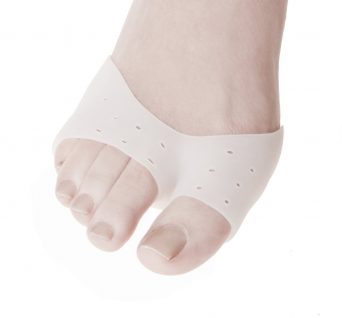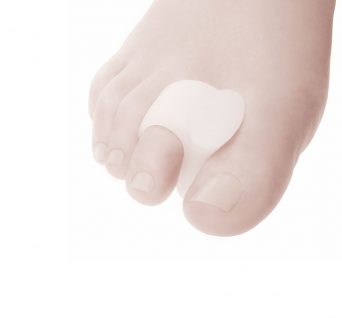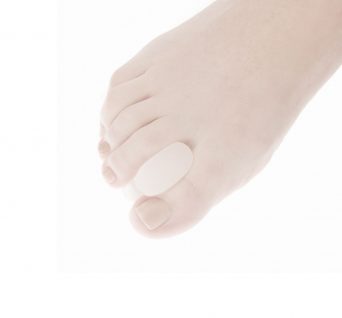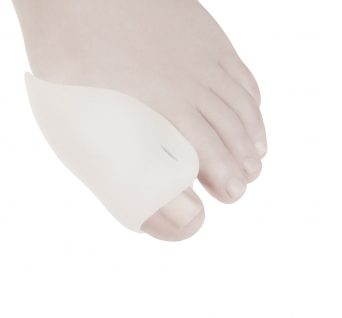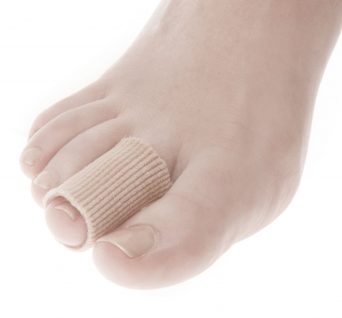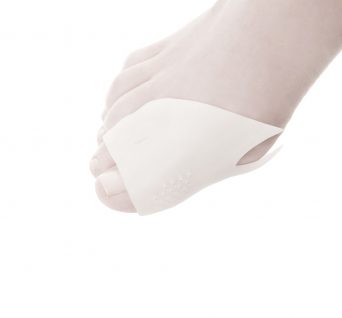No products in the cart.
Foot Care
Showing all 10 resultsSorted by popularity
- Toe Tubes & Toe Protectors
DJMed Toe Tubes – Tubular Toe Protector (Set of 5)
Gel and fabric toe and finger protector tubes.
DJMed Tubular Toe protector Set offers effective relief and comfort with a silky gel interior lining and a soft elastic spandex exterior.
For effective protection and relief from conditions such as Hammer Toe, Corns, Calluses ingrown toe nails and more. Includes: 2 small / 2 medium / 1 large.
SKU: 780010
Foot Care
What are Some Common Foot Problems?
Several conditions cause foot pain and challenges. These issues encompass bursitis, calluses, bunions, diabetes, hammertoe, plantar fasciitis, and heel spurs. Sometimes surgery is required to help alleviate the pain in the foot, and sometimes a simple product is needed.
What Is Orthotics?
Orthotics for shoe inserts, Sports orthotic insoles, or orthoses are devices set inside the shoes with the aim of restoring our proper natural foot function. This device is necessary when over-pronation disrupt the natural biomechanical balance of our lower body. Poor foot biomechanics causes many common complaints such as knee pain, heel pain, and lower back pain.
The science that observes the body’s movements during running, walking and sports is biomechanics. Over-pronation is the most common form of bad foot biomechanics that affects an estimated 70% of the population, which is the dropping of the arches and rolling inwards of the ankles and feet. Orthotic insoles are restoring natural foot function, correct over-pronation and realign the ankle and foot bones to their neutral position. In turn, this will help alleviate some parts of the body, such as the hips, knees, feet and lower back.
Why Do We Need Orthotics?
Over-pronation that many of us suffer from can be due to fallen arches on the hard flat surfaces that we walk on every day. Other factors that play a significant role include age, excess body weight and weak ankles. Over-pronation is much more common in overweight persons and among people in their fifties and older. In the case of younger people, over-pronation doesn’t pose a serious problem. Serious foot problems such as heel spurs, heel pain, knee pain, plantar fasciitis, metatarsalgia and lower back pain can be as a result of abnormal foot function caused by over-pronation.
Orthotics can help eliminate or reduce many common aches and pains; they also help correct the problem of over-pronation. They are effective and inexpensive solution to the over-pronation problem. Since orthotics can prevent serious lower body problems, buying a pair of orthotics can be a worthwhile investment in your health.
How Is Orthotics Different From Regular Shoe Insoles?
There’s a significant difference between orthotics and regular insoles. Regular insoles are designed to provide shock absorption and cushioning effect. Users may feel comfortable at first because they are not designed to correct over-pronation, as they do not address any biomechanical problems but orthotics is a functional device designed to optimize and fix our foot function. Some insoles tend to be mostly made of soft materials, and they also feature an arch support because of this, the support they provide is often too weak to have any effect.
How does orthotics work? Firstly, they do a lot more than supporting the arches. Orthotics restores deficient foot function and realigns the feet and ankles. Besides, orthotics takes pressure off sore spots (e.g., the ball of the foot, the heels, corns in between bunions and toes) by enabling a more even weight distribution. The primary purpose of an orthotic insole is to improve foot function, but they may also provide some degree of shock absorption. Orthotics prevents serious injuries and reduces pain in the future.
Foot Pain Treatment and Prevention
Many people suffer foot pain problem on an occasional or frequent basis. It is vital to practice proper foot care since the body places a lot of pressure on the feet, most especially if a person has some health problems like diabetes. Many common foot problems are caused by years of wear and tear, poor circulation to the feet, bad-fitting or poorly designed shoes and improperly trimmed toenails. Improper foot care can result in surgery, chronic foot pain like foot amputation.
Caring for bunions, calluses, diabetes, bursitis, hammertoe, heel spurs, and plantar fasciitis are some of the different types of foot care. Using arch supports, shoe inserts, and heel cups/cushions are some of the ways to take care of them. Proper care and treatment will keep pain to a minimum and keep most feet healthy. People may need to see their podiatrist or physician for an evaluation if they are having any problems or issues with their feet, such as swelling or chronic pain.
What are Shoe Inserts?
Orthotic devices that are placed inside the sole of the shoe are known as shoe inserts. They are useful in treating pain and other conditions that are caused by sports injuries or improperly balanced walking, malformed feet, and bad shoes. They are designed to cushion the foot out of the pressure on the walking surface. Shoe inserts can accommodate a deformed foot, absorb the shock while walking or running, and support proper foot movement to encourage more evenly balanced walking.
Shoe inserts come in a variety of shapes, depending on your preference. Some shoe inserts are built to give extra support or make shoes fit better, and to cover only the ball or the heel of the foot. Orthotic shoe inserts provide additional support to the arches that are too flat or too high and cover the entire sole.
What is Arch Supports?
Arch physically supports the arches of the feet. Wearing them can help prevent further injury and repair damage and help the feet rebuild their natural strength. There are numbers of ways, which arch support can be done. Sometimes it is done using shoe inserts that can come in a range of designs and styles. Good arch supports are rigid and flexible to keep the arches up so that the arch can move freely as the feet move.
Arch support can also be created with strapping or taping. This type of support changes every few days more often, as needed and is worn nonstop. The strapping type may benefit those with severe pain or fallen arches because it supports the arches while sleeping barefoot as well as wearing shoes.
